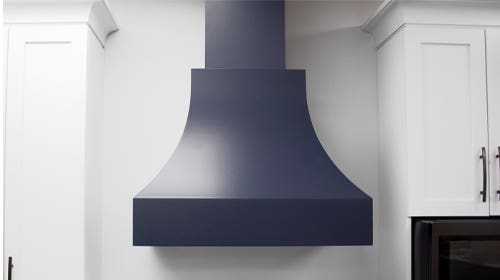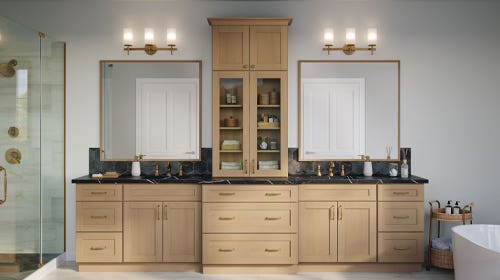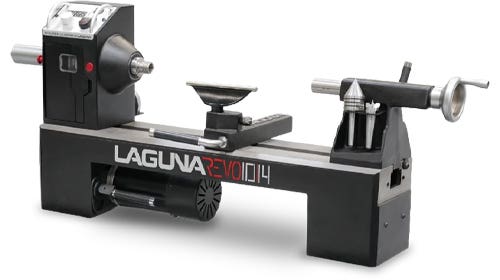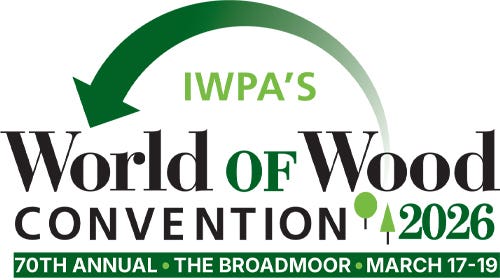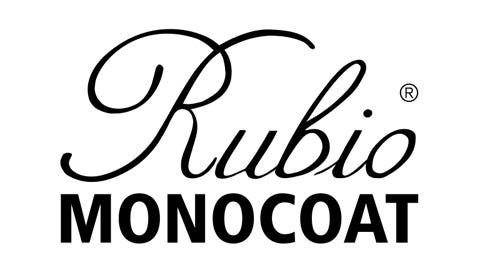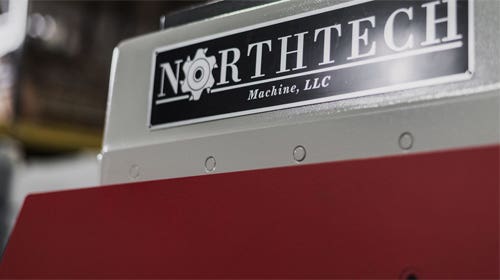Versatile cypress is making a splash
Cypress, also known as bald cypress, is found primarily in the South and often grows partially submerged in swampy areas. The rot-resistant softwood comes from an unusual-looking, but very recognizable,…
Cypress, also known as bald cypress, is found primarily in the South and often grows partially submerged in swampy areas. The rot-resistant softwood comes from an unusual-looking, but very recognizable, tree - especially for its knees, which protrude from the water. Although it is a conifer, the tree loses its needles in the fall and got its name for its "bald" look during the winter. The green needles are produced again in the spring.
{loadposition position10}
"We do quite a bit of cypress here, most of what I sell is 4/4 and 8/4," says Steve Wall, owner of Wall Lumber Co. in Mayodan, N.C. "It's a good product; it's one of our better sellers. The market on it has been fairly stable on my buying end. Most of what we sell is the clear product. Normally I carry 8" to 10" wide stock; the lengths run 8' to 16' very easily. Most of what I get is from Georgia or eastern North Carolina. A lot of it goes into trim [for customers] doing houses and barns that they paint or put a heavy stain on it. We run some into tongue and groove ceilings, like for a porch ceiling."
"I'd say 95 percent of what we sell is Select & Better, or basically clear," says Hilton Peel Jr. of The Hardwood Store of North Carolina in Gibsonville, N.C. "It is the upper grade which will have an occasional knot, but for the most part is clear. And we sell the No. 2 grade for decking and paneling. Most of the cypress is going for exterior trim, exterior furniture, people making shutters, benches and Adirondack chairs."
Cypress (taxodium distichum) is graded under separate standards by the National Hardwood Lumber Association: Select & Better and No. 1 and No. 2 common. Although it is susceptible to fungal attack, there is a market for the decayed wood, known as the pecky grade.
"Pecky cypress is basically a bore that gets in there and just eats it up and looks like it is rotting," says Peel. "At times, I've actually seen it sell as expensive as Select. It would be used for paneling, for someone who really wanted a very rustic look."
Divers search for sunken cypress logs that are then dredged out of the water, primarily in Florida and Louisiana.
"I have relationships with two or three guys that have permits to pull it from the rivers, mostly from the Apalachicola River," says Franklin Hatcher, owner of Suwannee River Recovery Wood and Millwork in Monticello, Fla. "I've got stuff as long as 20' and widths as much as 14" to 16", even 20" from time to time. It's pretty nice material. A few years ago, I created a few customers and they call me from time to time. Reaching the right folks is always an issue. You have to hit that clientele that already knows what it is pretty much."
Cypress machines well and glues, screws and nails without a problem. It is an excellent painting wood. Its many uses include furniture, interior and exterior trim, siding, sash, doors, paneling, tanks, vats, greenhouse framing, stadiums, barrel making, railroad ties, beams, posts, docks and bridges.
"It works real nice," notes Peel. "The quartersawn material that I've seen splits real easy, but the flatsawn works nicely. If your blades aren't sharp, it tends to pull the blade apart where the cathedral arch is. I've seen people use a dull planer and it will just lift that grain right up."
Retail prices for 4/4 Select & Better cypress range between $2.60/bf and $3.19/bf in the South. Where available in other regions of the country, prices increase to about $3.50/bf. Salvaged old-growth 4/4 cypress is three to four times the cost of regular cypress.
This article originally appeared in the October 2010 issue.


